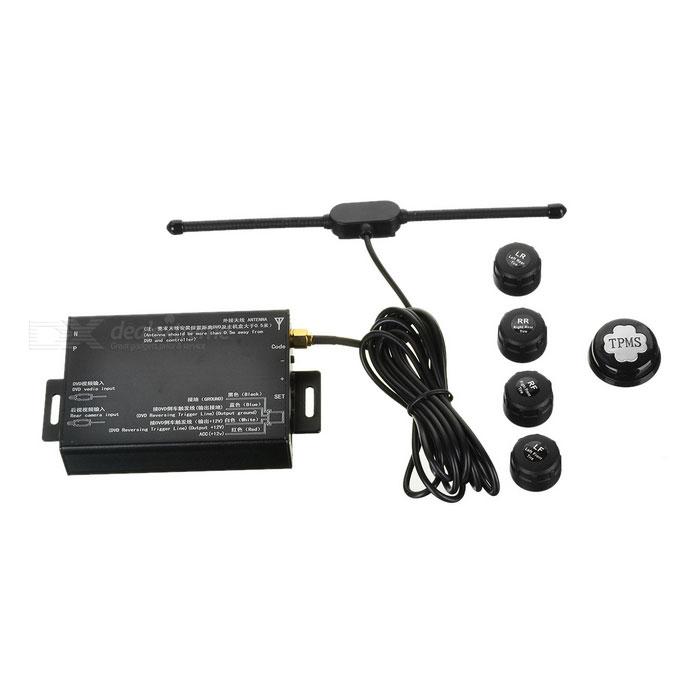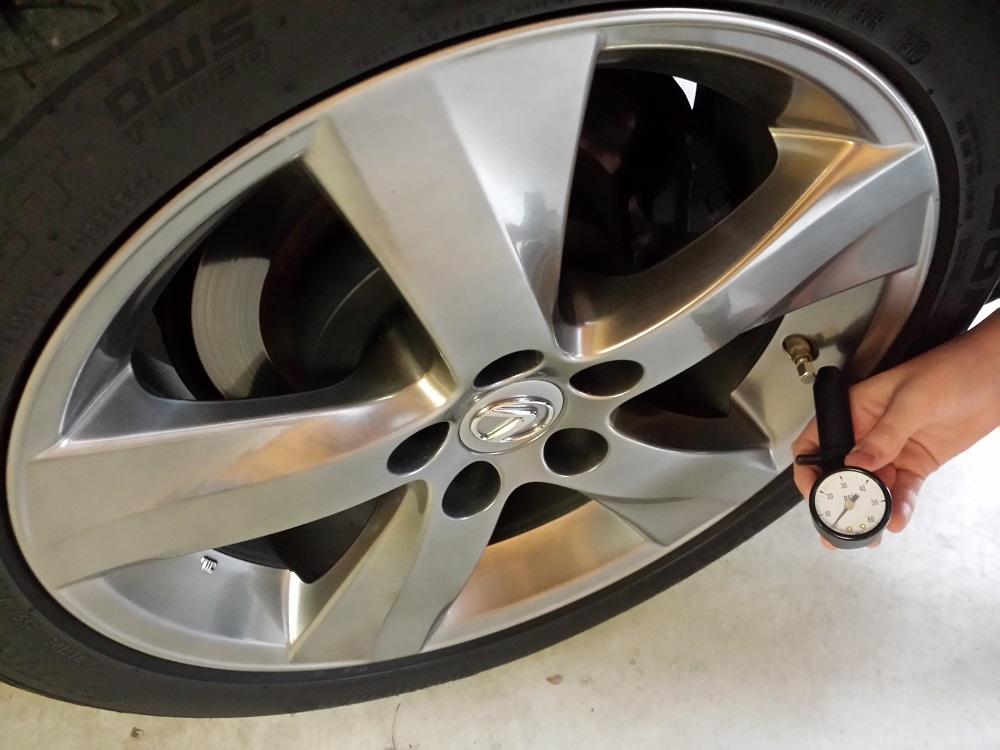Learn what the relationship between tire pressure and temperature as well as tire pressure and altitude is and how these two things can affect your car tires.
Temperature and altitude are the two biggest factors that can significantly affect tire pressure.
You should have done regular maintenance of your car tire if you live in a city where you can go up and down hundreds of feet in altitude within a couple of hours or go from 35 to 80 degrees just within a week!
Contents
Tire Pressure and Temperature
There’s a proportional relationship between tire pressure and temperature. The air in a tire expands with an increase in temperature, which means an inflammation of the air pressure.
On the other hand, a tire gets flatten in cold temperatures because it reduces the pressure of air.
So, change of temperatures can make your tire under or over inflated, quickening the process of wearing tires.

Tire Pressure and Altitude
The right air pressure inside a tire depends on the air pressure in the outside environment. Driving your car to an area with a different altitude means there’s a change in the external air pressure around the tires.
An increased altitude means less resistance from the air, which results in increasing the pressure level within the tires.
Similarly, a drop in the altitude will create a vice versa effect. So, don’t forget to adjust the air pressure to the right level when you go somewhere that has a different altitude level.
How to Determine the Correct Tire Pressure?
You can find out the standard tire pressure of your car by measuring the car’s weight and size of the tires. Look into your vehicle’s manual and see what’s written in there as the right pressure of the tires.
You can measure the pressure by yourself with a gauge or take the vehicle to your local gas station to have it checked by a mechanic.
The unit for measuring the pressure is psi (pounds per square inch), and the standard air pressure at sea level is 14.7 psi.

Don’t forget to check the pressure if the temperature suddenly rises or falls, or if you drive somewhere where the altitude is different.
You can also use a tire pressure and temperature monitoring system to have real-time data about your car’s tire pressure.
FAQs
-
How does tire pressure affect tire temperature during long drives?
During extended periods of driving, tire pressure can significantly impact tire temperature. Low tire pressure increases the contact area between the tire and the road, resulting in higher friction and, consequently, higher tire temperatures.
Conversely, correctly inflated tires maintain optimal contact with the road, reducing friction and preventing excessive heat buildup.
-
Can seasonal temperature changes cause significant variations in tire pressure?
Seasonal temperature changes can lead to noticeable variations in tire pressure. Cold weather can cause the air inside tires to contract, leading to decreased tire pressure, while hot weather can cause the air to expand, increasing tire pressure.
This is why it’s important to check tire pressure regularly, especially with the change of seasons.
-
Is there an ideal tire temperature for optimal performance?
While the ideal tire temperature can vary depending on the tire composition and the vehicle, most tires perform best when kept within a temperature range that doesn’t excessively exceed the ambient temperature during operation.
Excessive heat can lead to tire degradation and reduced performance, whereas too low temperatures may not provide optimal flexibility and grip.
-
How does driving speed influence the relationship between tire pressure and temperature?
Driving at high speeds can exacerbate the effect of tire pressure on tire temperature. High speeds increase the friction between the tire and the road, leading to higher temperatures.
If the tire pressure is not at the recommended level, this can further increase the temperature, risking tire damage and blowouts.
-
Can tire pressure monitoring systems (TPMS) adjust for temperature changes?
While TPMS can alert you to significant changes in tire pressure, most systems do not automatically adjust for temperature changes.
They provide real-time monitoring and warnings when tire pressure falls below or rises above the manufacturer’s recommended levels, prompting the driver to manually adjust the tire pressure as necessary.
-
How do professional racing teams manage tire pressure and temperature?
Professional racing teams closely monitor both tire pressure and temperature using advanced tools and sensors. They understand that optimal tire performance is crucial for speed and safety.
Teams often adjust tire pressure based on track conditions, weather, and expected performance needs, aiming to maintain a balance that provides the best grip, speed, and tire longevity.
-
What role does the sun play in affecting tire pressure and temperature?
The sun can significantly impact tire temperature and, subsequently, tire pressure. Tires exposed to direct sunlight for extended periods can heat up, causing the air inside to expand and increase pressure.
This phenomenon underscores the importance of parking in shaded areas and regularly checking tire pressure during hot days.
Final Words
It’s important to keep a balance between tire pressure and temperature as well as altitude. Remember that an over or under inflated tire will wear very fast and can cause accidents too because it will be hard to have a proper grip on the roads.



